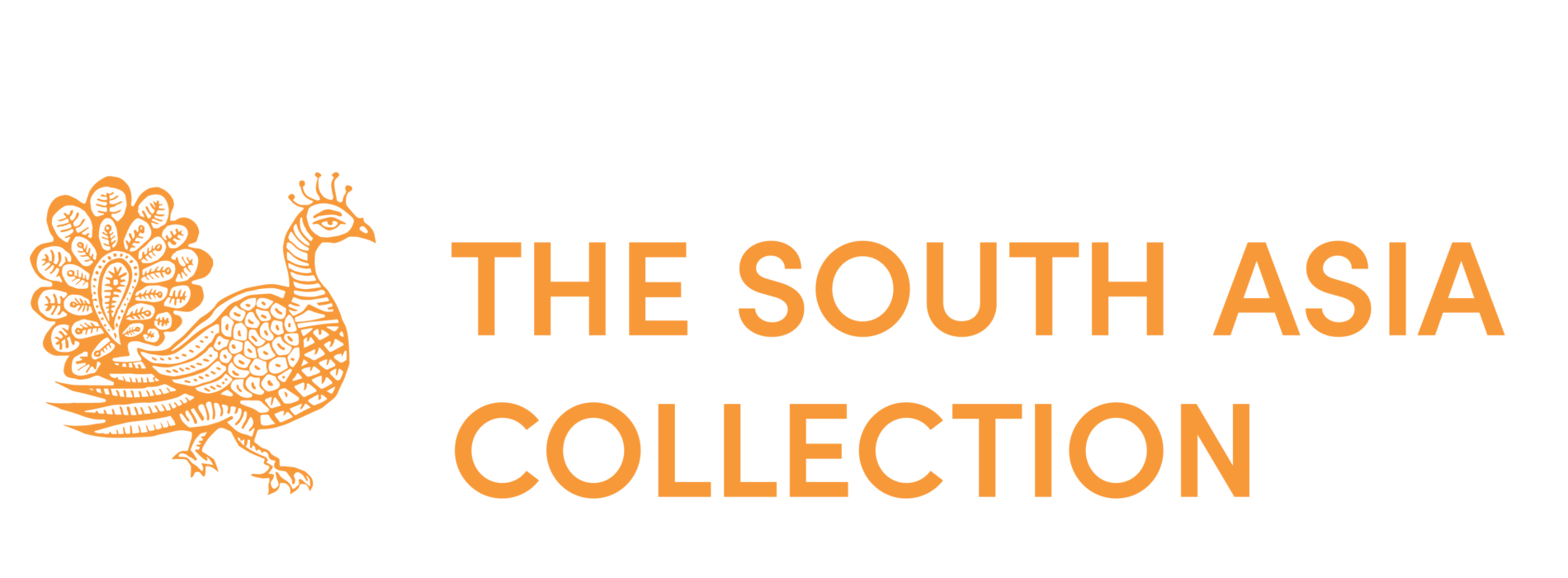
Dhokra is a type of lost wax casting practised in India in present-day West Bengal, Bihar, Odisha, Jharkhand, Chhattisgarh and Andhra Pradesh. The name Dhokra is derived from the Dhokra Damar community of metal artisans in West Bengal. However, it is likely that this craft was originally practised by communities in central and eastern India and received patronage from rulers of the kingdom of Bastar, which is in present day Chhattisgarh. Dhokra products were originally made for ritual and utilitarian use. However, today, the craft is primarily used to create curios, wall art and decorative items. There are regional variations in design and symbolism of objects.
This display draws from the work produced on a project by artist Alec Cumming along with filmmaker Annie Woodman. They visited Odisha to record and document the Dhokra process. Through the project, they were able to document the craft process, understand the regional nuances of the craft, and learn about certain objects in the museum collection through interactions with the craftspeople. The project was funded by The SADACC Trust and undertaken in collaboration with The UTSHA Foundation, established by Indian contemporary painter, Jagannath Panda. The Foundation is based in Bhubaneswar in Odisha and promotes crafts and contemporary art from the region.
Animals
Craftspeople often portray scenes from their natural surroundings, taking inspiration from dense forests and rivers around the villages. Large aquatic animals such as stylised fish or crocodiles are modelled with humans riding on their backs. Fish are often hung around the home as ornaments and are also considered a symbol of fertility. Sculptures of elephants, an important marital and royal symbol, are given as wedding gifts. Anthropomorphic and zoomorphic figures are common representations in the Dhokra craft. The commercial market has influenced certain animal designs, which are now made for the souvenir market.
Ritual Objects
Dhokra objects are used for rituals and worship in local shrines called gudis. Figurines of deities include those influenced by both Hindu iconography and those from local belief practices. They are of two types – those that are made to be consecrated in shrines and those that are votive offerings in the shrines. The deities are also often represented on swings and the elephant is used as a vehicle for them. The other important ritual objects are oil lamps in different shapes and sizes in which animals are a recurring motif. Anklets and amulets are also used as votive offerings.
Everyday Scenes
Craftspeople make depictions of everyday life in the villages as objects for gifting or for the souvenir market. Activities related to agricultural practices, fishing, and the preparation of food is a common theme. Music is integral to the life of the communities and people holding different types of musical instruments are made across the various regions where the craft is practised.
Utilitarian Objects
A variety of objects for everyday use are made by the craftspeople. Among these, the most important ones are grain measures. Caskets and boxes used to store jewellery, lime or betelnut, and tobacco are made by casting different parts separately and assembled together. A selection of such objects is displayed here. Betelnut cutters, combs, hair accessories with detailed ornamentation are other types of dhokra products that are made.
The raw materials required for Dhokra casting include clay, rice husk, cow dung (to mix with clay to form an admixture), beeswax or paraffin wax, and metal. A combination of metals but primarily brass including discarded scraps found at utensil shops are used for the casting. The tools include hammers, chisels, files, pliers, knives, a wire brush and a tool for extracting wax threads. This tool is usually in the form of a press which extrudes wax threads of different diameters. The craft process involves five main stages:
• The design is first modelled in clay.
• Wax (most commonly beeswax) threads are used to create the fine designs on the clay model.
• This is then encased in another clay mould. A separate clay funnel is created at the top of the mould to hold pieces of metal and then covered.
• The mould is fired in a kiln that melts the wax and fires the clay. The molten metal flows in through the clay funnel and takes the shape of the design when it sets. The fired terracotta encasing is then broken.
• Traces of clay and ash are removed, and the metal object is buffed and polished to give it the final finish.
The figures of Ganesha and the animals on display here were made by craftspeople Basanta and Basanti Behera during the fieldwork to demonstrate the craft process.




